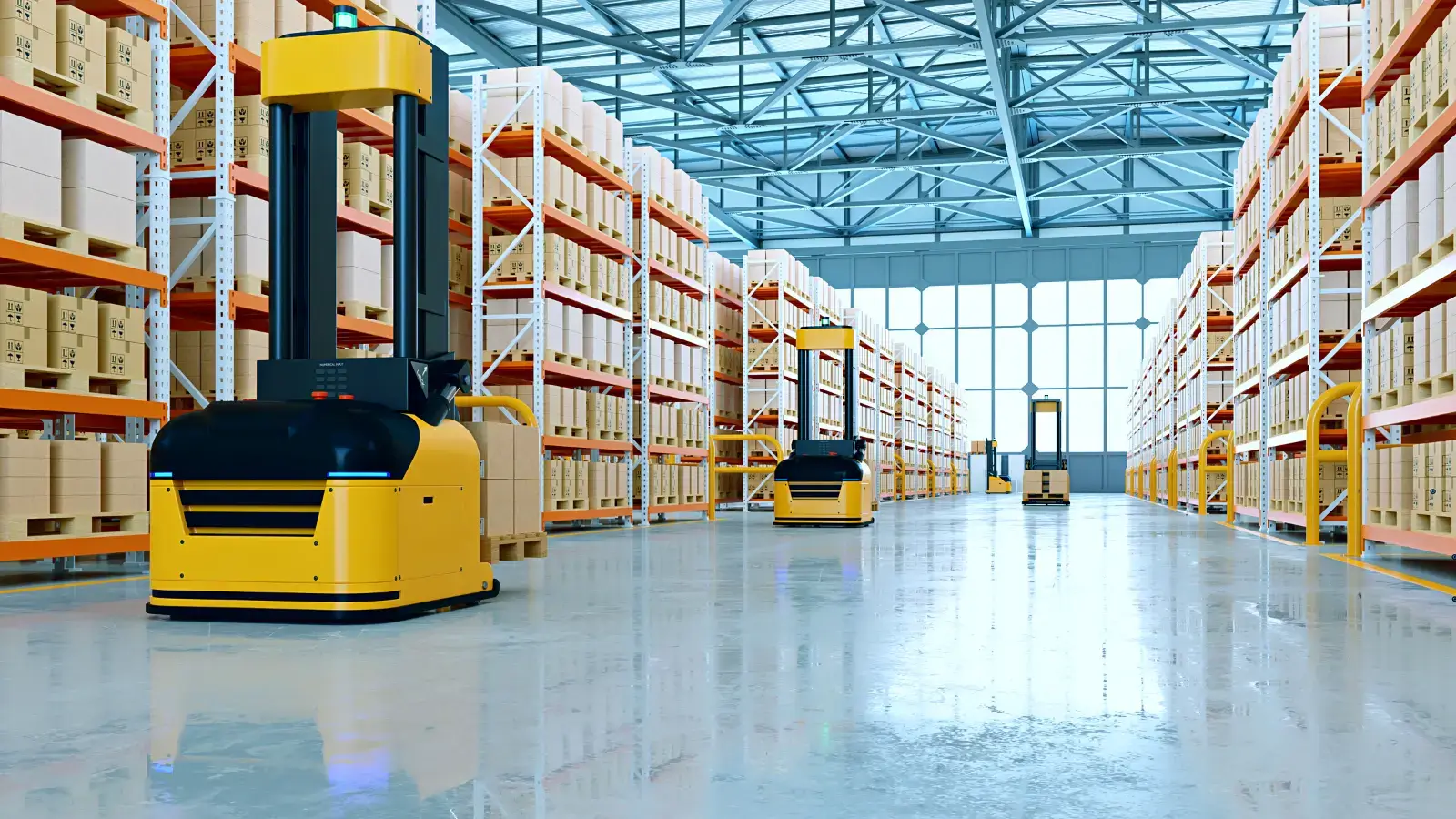The world of manufacturing is undergoing a revolution. Gone are the days of rigid, repetitive processes with limited flexibility. In their place, we see factories that embrace automation and robotic technologies, reshaping production lines and empowering workers. Robots and automation have moved beyond basic tasks to become integral, adaptive systems in modern factories, setting the stage for rapid innovation. This evolution promises increased efficiency, safety, and productivity while creating new opportunities for sustainable manufacturing.

Types of Robotics in Manufacturing
Automation in manufacturing relies on a range of robotic solutions. Each type of robot serves distinct roles, contributing to the multifaceted ecosystem of the modern factory.
Industrial Robots
Industrial robots are designed for tasks requiring high precision, strength, and endurance. These machines, such as articulated, SCARA, and Cartesian robots, are often categorized by their structures and movement capabilities. They typically handle tasks like welding, painting, packaging, and material handling in manufacturing. Articulated robots, for instance, resemble human arms and are prized for their flexibility and range of motion, making them ideal for assembly lines in the automotive and electronics industries.
Collaborative Robots (Cobots)
Recently, a new type of robot—collaborative or universal cobot—has gained popularity in factories. Unlike traditional robots that require physical barriers for safety, cobots are designed to work safely alongside humans. These machines have sensors, force limitations, and AI-driven safety features that enable them to “sense” and react to human presence. This adaptability allows for safe, seamless interaction, helping humans and robots to collaborate directly on shared tasks.
The advantages of cobots are numerous. They are easy to program, adaptable to different tasks, and can handle various or strenuous tasks, such as pick-and-place operations or machine tending. Because cobots are lightweight and often mobile, they can be quickly deployed across different factory areas and are especially useful for smaller businesses and high-mix, low-volume production environments.
Key Applications of Robotics and Automation in Factories
Robots and automation systems contribute to many manufacturing processes, improving efficiency, quality, and reliability. Here are some of the primary applications where robots excel:
Assembly and Production
Automation in assembly and production is transforming how goods are made. Robots are particularly adept at handling repetitive tasks that require high precision and consistency. In automotive and electronics manufacturing, robots help assemble small parts with extreme accuracy. Automated systems also speed up production by reducing the time between steps and consistently meeting quality standards.
Quality Control and Inspection
Quality is a critical common manufacturing component of vision systems that excel in this area. These robots can inspect products for defects at various stages of production, using AI to compare each item against established standards. This process is far more efficient than manual inspection and helps reduce waste by identifying defects early on. Robotics-driven quality control enhances product reliability, which is essential for industries where precision is non-negotiable, such as aerospace and medical device manufacturing.
Logistics and Inventory Management
Logistics robots, such as automated guided vehicles (AGVs) and autonomous mobile robots (AMRs), streamline internal logistics, transporting parts and products across factory floors. This automation reduces the need for manual handling, speeding up material movement and reducing production bottlenecks. Automated inventory management systems further enhance efficiency by tracking stock levels, reordering supplies when needed, and ensuring that production remains uninterrupted.
Benefits of Robots and Automation in Manufacturing
The integration of robotics and automation yields a range of compelling benefits, enhancing every aspect of the manufacturing process:
Enhanced Productivity and Efficiency
One of the most significant advantages of automation is its ability to work continuously. Robots do not require breaks, and they work with remarkable precision, which leads to faster production cycles. With automation handling repetitive tasks, human workers can focus on areas requiring creativity or critical problem-solving, further boosting productivity.
Cost Savings
Although implementing automation systems can require substantial initial investment, the long-term cost savings are considerable. Robots reduce labor costs, minimize errors, and help limit material wastage, ultimately lowering the cost of production. These savings quickly add up in high-volume manufacturing, enabling businesses to become more competitive.
Increased Safety
Automation enhances workplace safety by taking over dangerous tasks, such as handling hazardous materials or operating heavy machinery. Robots mitigate risk, keeping employees out of harm’s way and lowering the number of workplace accidents. This shift is invaluable in industries where safety is paramount, such as chemical manufacturing.
Flexibility in Production
Modern robots are adaptable, allowing factories to switch between different products or production processes with minimal downtime. In industries with fluctuating demands, automation provides the flexibility to quickly scale production up or down, ensuring that businesses can respond rapidly to market changes.
Conclusion
The rise of robots and automation in manufacturing is transforming factories worldwide. From improving productivity and safety to enabling agile, flexible production, these technologies drive innovation at an unprecedented pace. Collaborative robots, or cobots, represent a new wave of robotics, fostering human-robot partnerships that create safer and more efficient workplaces. While implementing automation presents challenges, the long-term rewards make it a worthy investment for businesses aiming to stay competitive.

